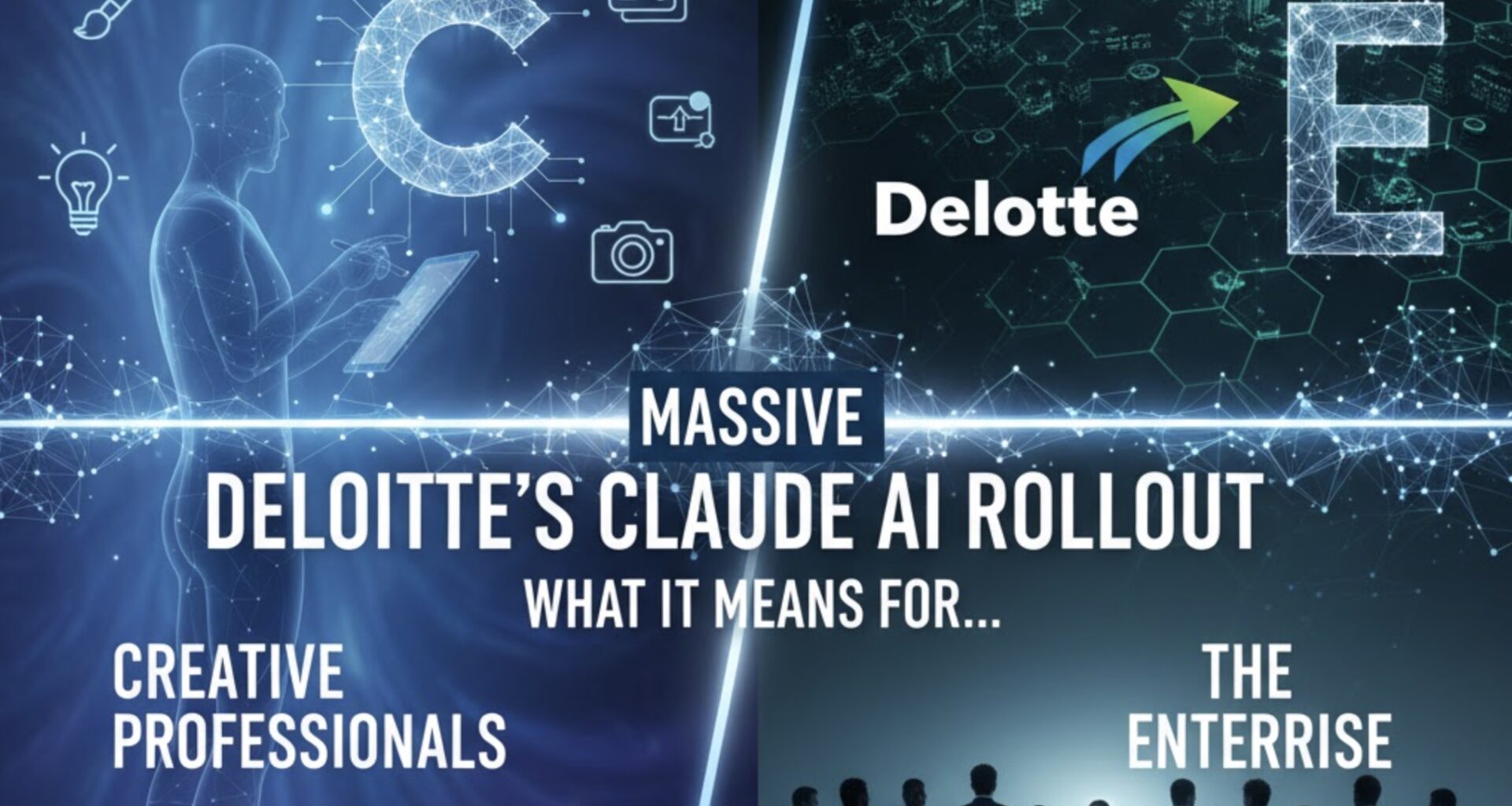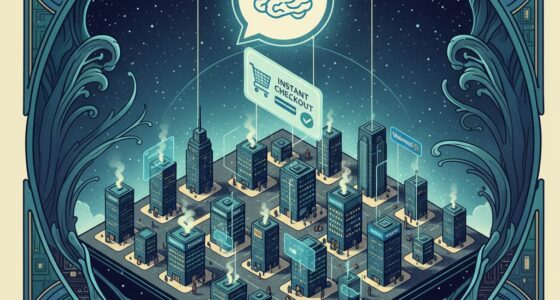A Global AI Partnership That Turns Heads
When you think of generative‑AI, you might picture chatbots answering trivia or tools that write emails. But the recent partnership between Deloitte—one of the world’s largest professional‑services firms—and Anthropic, creator of the Claude AI models, shows that this technology is about to play a far bigger role in everyday work. On 6 October 2025 the two companies announced that Claude will be rolled out to more than 470 000 Deloitte employees across over 150 countries, the largest enterprise deployment of Anthropic’s technology so faranthropic.com. Instead of a one‑size‑fits‑all chatbot, Deloitte plans to build custom AI “personas” tailored to specific jobs—think of an assistant for accountants that understands financial regulations or a coding coach for software developerstechbuzz.ai.
How Did We Get Here?
Deloitte’s journey with generative AI didn’t start overnight. In July 2024 the firm announced a strategic alliance with Anthropic to create enterprise‑grade AI solutions for clients in commercial and government sectorsdeloitte.com. That alliance emphasized Deloitte’s Trustworthy AI™ framework, which aligns with Anthropic’s Constitutional AI—a training method designed to keep AI outputs safe and ethicaldeloitte.com. To make this real, Deloitte committed to training more than 15 000 professionals on the Claude model family and began developing internal tools like C‑Suite AI for CFOsdeloitte.com.
By April 2025 the partnership expanded into a Generative AI certification program. Deloitte invested heavily in Project 120, a $1.4 billion learning initiative, and set out to certify 15 000 practitioners in advanced AI applicationsdeloitte.comdeloitte.com. Those practitioners would learn not just how to use Claude but also how to design AI systems that follow Constitutional AI principles and meet strict compliance standardsdeloitte.com.
What Makes This Rollout Different?
Custom Personas for Every Role
Instead of giving everyone the same chatbot, Deloitte is building role‑specific personas. Accountants will get tools that crunch numbers and flag regulatory risks, while developers will see AI assistants that understand codetechbuzz.ai. This customization is crucial: a marketing executive needs a different kind of AI help than a tax auditor or a sound designer.
A Center of Excellence
To avoid the pitfalls of poorly managed AI projects, Deloitte is creating a Claude Center of Excellence. This team of specialists will oversee implementations, share best practices and train staff so that AI tools actually improve workflowsanthropic.com. The center will also support 15 000 certified practitioners who can help clients integrate Claude into their own operationsimplicator.ai.
Focus on Regulated Industries
Deloitte’s plan isn’t just about internal productivity. The partnership will develop AI solutions for heavily regulated sectors, such as finance, government and healthcare. Use cases include automated compliance monitoring, intelligent analysis of financial data, emergency response coordination and personalized treatment plansdeloitte.com. By combining Claude’s “safety‑first” design with Deloitte’s risk‑management expertise, the companies hope to create AI systems that regulators—and clients—can trustdeloitte.com.
Why Should Creative Professionals Care?
StrongMocha readers may wonder what a Big Four consultancy’s AI deal has to do with music, film or visual arts. Here’s why it matters:
- Generative AI is everywhere: Tools like Claude are blurring lines between business and creative work. Deloitte’s rollout shows that AI is becoming core infrastructure, not a novelty.
- Opportunity for tailored tools: The concept of personas could inspire AI assistants for composers, video editors or sound designers that understand genre conventions, copyright rules and workflows. If Deloitte can build specialized personas for accountants, why not for creatives?
- Compliance and ethics: As AI is adopted in creative industries, questions about copyright, bias and misinformation grow. The partnership highlights the importance of responsible AI frameworksdeloitte.com and could set precedents for how creative tools handle data and attribution.
Challenges and Cautionary Tales
The road to enterprise AI isn’t without bumps. On the same day Deloitte announced the Claude rollout, TechCrunch reported that the firm had to refund part of a government contract because an AI‑assisted report contained hallucinated citationstechcrunch.com. This mishap underscores why rigorous oversight and human review are essential. Other organizations have faced similar issues when AI tools produced inaccurate informationtechcrunch.com.
That’s why the training and certification programs are so important: they teach employees not only how to use AI but also how to question and verify its outputsimplicator.ai. For creative professionals, the lesson is clear: AI can be a powerful collaborator, but you must stay in control of the creative process.
What Comes Next?
Analysts see Deloitte’s deployment as more than a software contract—it’s a distribution strategy. Because Deloitte serves almost 90 % of the Fortune Global 500deloitte.com, embedding Claude into its workflows effectively introduces the model to a huge swath of the corporate worldimplicator.ai. This could accelerate AI adoption far beyond Deloitte’s own staff, setting a new norm for how businesses—and possibly creative industries—use generative AI.
For Anthropic, the deal is a calculated move in a competitive landscape. While companies like OpenAI court massive numbers of consumers, Anthropic is betting on deep integration with partners that can standardize and certify its modelsimplicator.ai. If successful, this strategy could create a moat based on compliance and customization rather than just raw model performanceimplicator.ai.
Final Thoughts
Deloitte’s decision to equip nearly half a million employees with Claude isn’t just another corporate tech story; it’s a signpost for where generative AI is headed. By focusing on custom personas, trusted deployment and industry‑specific solutions, the partnership shows how AI can move from hype to practical impact. For creatives, the message is to watch closely: the frameworks and standards emerging in enterprise settings could soon influence how AI tools are designed for composing, editing and producing art. As always, the key will be blending innovation with ethics, so that AI serves as a trustworthy partner in both business and creative endeavors.










